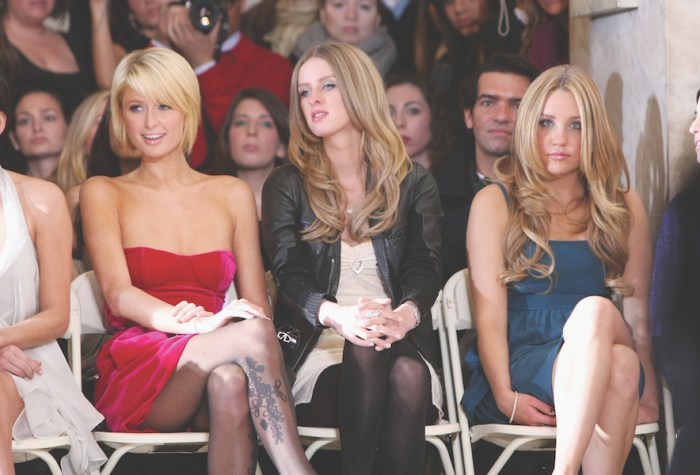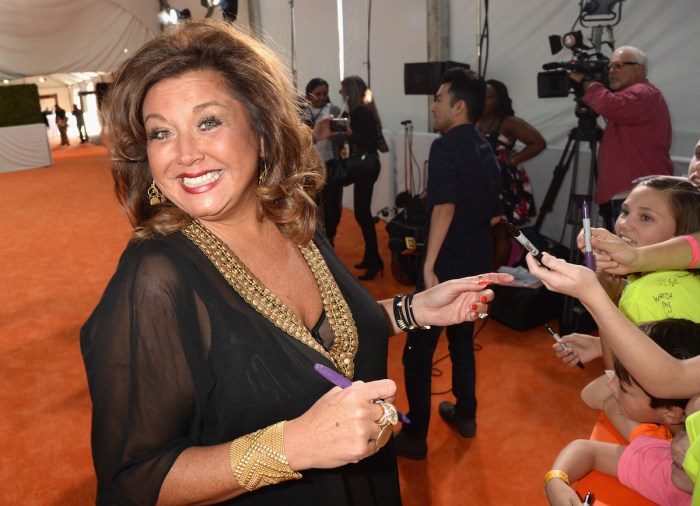Two Colorado lawmakers were recalled from their state Senate in the first week of September for supporting stricter gun control legislation in the Rocky Mountain state. The lawmakers that replaced them are already talking about overturning the new gun laws.
Don’t expect the same thing to happen in New York. State lawmakers overwhelmingly passed some of the toughest gun laws in the country in January of this year and the chance of repealing it looks slim to none.
Tom King, president of the New York State Rifle and Pistol Association, said the group’s effort to stop the Secure Ammunition and Firearms Enforcement Act from going into full effect has been “difficult.” The group has spent $300,000 on a lawsuit that is still slowly winding its way through state district court. The suit seeks to stop the new laws.
“We’re not running away from this fight, but it’s tough and you only get one chance, so we have to make sure that our case is just right,” King said.
The law, which goes into effect in stages, has left New York gun owners frightened, he said. And it’s also driven some people to leave the state.
“A lot of people are plain moving out because people are fed up with their freedom being tampered with,” King said, speaking of gun owners he’s known.
The new laws have led to several gun-rights protests in Albany, including one organized by NYRP in February, where more than 5,000 outraged New Yorkers gathered in front of the state capital to protest the S.A.F.E, which Gov. Andrew Cuomo billed as imposing “the toughest assault weapons ban in the country.”
In addition to requiring universal background checks on gun buyers and strengthening the penalties against people who use illegal guns, the bill placed a seven-round bullet limit on all weapon magazines.
From its inception, politicians heralded the bill as a much-needed remedy to gun violence after the Newtown, Conn., massacre while gun-rights advocates pointed to it as governmental overreach that would not curb gun deaths.
The S.A.F.E. act, like any large piece of legislation, is burdened with its share of pluses and flaws, though none as emblematic as the seven-round limit that was placed on gun magazines. Once a centerpiece of the act, the restriction has since been suspended—a move underlined by Cuomo’s admission that “there is no such thing as a seven-bullet magazine. That doesn’t exist.”
As it stands, New Yorkers are allowed to purchase 10-round magazines, but they are being trusted with the act of not loading those magazines to full capacity. The law is a difficult thing to enforce without random searches, though King claims there have already been reported cases of police officers arresting people for carrying more than seven rounds in their clip.
But in a state where a majority of the population does not own a gun, the Assault Weapon Ban has overwhelming support. Who wouldn’t want to ban guns like this, when one person can walk into a movie theater in Aurora, Colo., and cause 70 causalities without reloading? The problem, opponents to the law suggest, is that except for the magazine capacity limitation, most of the laws are cosmetic.
“People don’t understand guns down there,” said protester Bill Greames, 55, of Saratoga, referring to New York City. “[New York City] should be their own state.”
Many arguments do exist for the changes in the law. A pistol grip on a semiautomatic rifle, it is said, allows for easier reloading and a limited ability to fire the rifle from the hip. And why would a gun owner need a bayonet mount? Or a grenade launcher mount? Or a threaded barrel capable of supporting a flash suppressor or silencer?
There are aspects of the law that even the protesters agree on, such as: efforts to keep guns out of the hands of the mentally ill, statewide recertification of gun permits every five years, the closing of private sales loop holes except for immediate family, stronger criminal penalties for using a weapon unlawfully and better safe storage controls in households were an individual restricted from gun ownership also resides.
“The crux of the problem,” King said, “is that they never bring the people who know the most about guns into the mix to discuss things. But they do bring in the Brady Group, the Violence Policy Center and the New Yorkers Against Gun Violence.”
Standing on the lawn outside the New York Legislature on Feb. 28, beneath banners emblazoned with the Bushmaster AR-15, it becomes clear that the new laws represent a personal attack for some gun owners.
“It’s a tool,” says Chris Grady, a paramedic from Ithaca, N.Y., and AR-15 enthusiast, “a cool-looking tool. It’s like having a pair of plain working boots or having a bad-a— pair of Army boots. The AR-15 is bad-a—, is what it is. But the gun wouldn’t be any good for committing a crime.”
And yet, late last year, a 20-year-old man did walk into an elementary school with an AR-15 and fatally shot 20 children and six adults before turning a pistol on himself in a first-grade classroom — a crime by any measure.
Read more on New York City gun violence here: Record low gun crime in New York City
Gun Week: Following the trail of our bloody streets
Boston, Philadelphia, New York City: Three very different cities with a common problem. Gun violence has destroyed the lives of countless individuals and families on our streets and wrought devastation across vibrant neighborhoods, searing itself into their fabric.
Over the next week, Metro will examine the impact that gun violence has had on those cities as well as our country in the aftermath of the recent massacres at Sandy Hook Elementary, Aurora, Co. and the Washington, D.C. Navy Yard. We will look at what each city and the country is doing to combat the age-old problem as well as change the deadly culture that, on a daily basis, leaves its bloody imprint on our communities. – The Editors


















